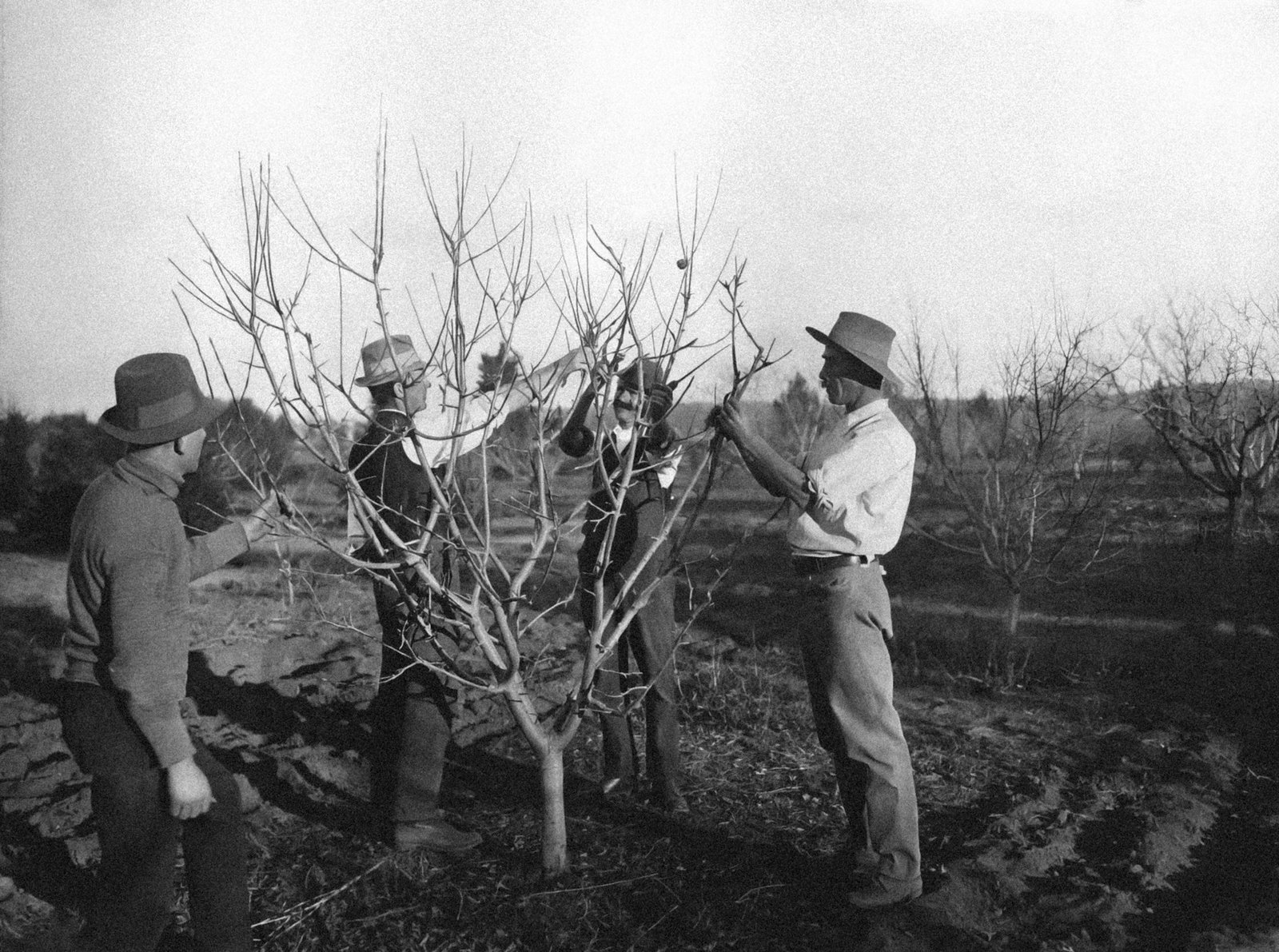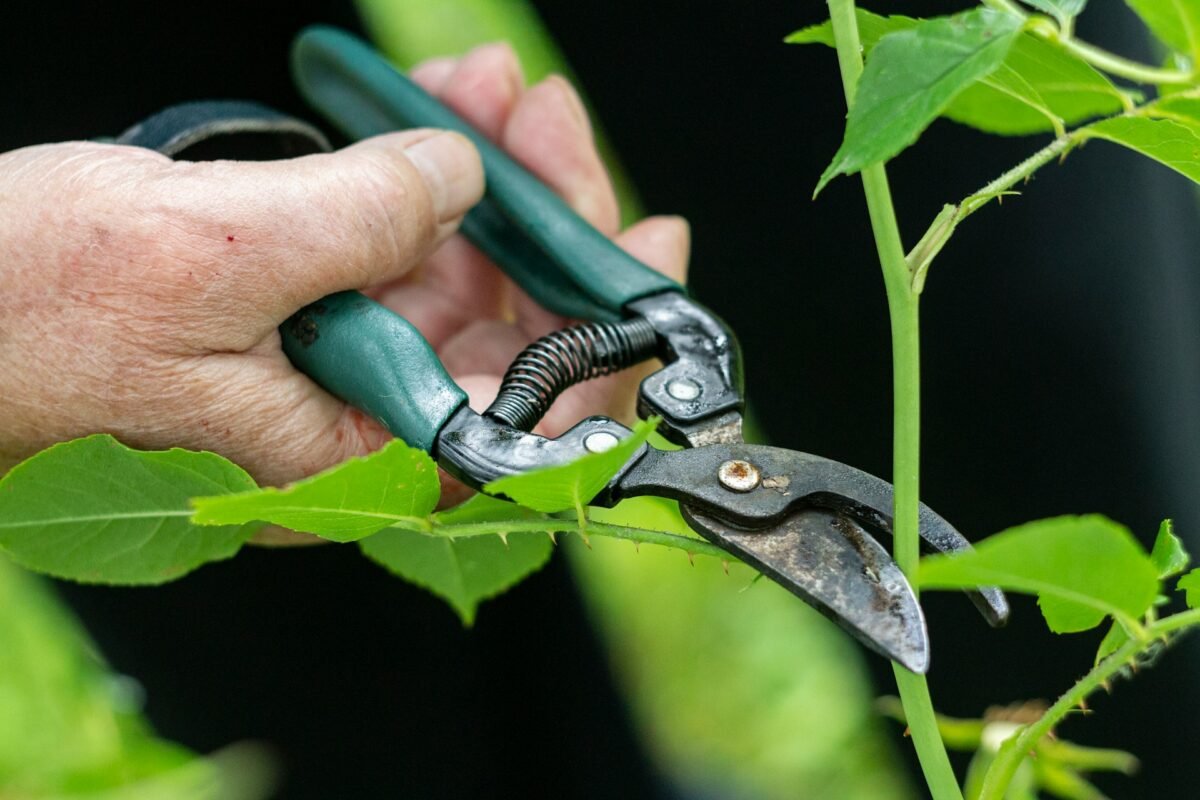A towering Douglas fir can shape a Seattle skyline with distinction, yet in a storm it can also pose sudden danger.
Trees in this region influence far more than scenery: they affect safety, energy efficiency, noise levels, and overall property appeal.

Their management requires balancing aesthetics with practicality in a city where storms strike hard and space is often limited.
Homeowners frequently face the decision between pruning growth or removing trees entirely. That choice depends on species, health, and site-specific challenges. Local arborists blend technical knowledge with field experience, offering thorough assessments that outline risks, provide options, and project costs. With professional insight, property owners can act decisively, protecting comfort, security, and long-term neighborhood value.
Signs a Tree Only Needs Pruning
A branch brushing a window or fence predicts avoidable damage and often signals pruning is enough. Many healthy trees recover after targeted cuts that keep canopy form while removing hazards. Early attention preserves curb appeal and limits repair costs. Watch for limbs rubbing roofs, siding or fences and shorten them to prevent abrasion.
Thick crowns can catch wind like sails, increasing breakage risk. Thinning boosts airflow, reduces limb stress and helps trees ride out storms. Professional tree pruning Seattle services make this process efficient, removing dead, broken, or rubbing branches while preserving structural form. A practical guideline is modest crown thinning (about 10–20%) and cutting crossing branches at their collars — a step that often makes removal needs clearer.
Conditions That Make Removal the Better Option
A hollow trunk that echoes when struck or a vertical crack exposing interior wood often signals severe weakness likely to fail during strong winds. When trees lean toward driveways, utility lines, or foundations, hazards extend beyond appearance and become direct threats to property and safety. Soil movement, softened root zones, or heaving around the base often indicate instability that no level of pruning can address.
Widespread decay or invasive pest activity further tilt the balance toward removal. Galleries carved by insects or fungal growth across the canopy point to systemic decline that endangers neighboring plantings. In these cases, removal not only prevents costly damage but also protects household safety and the surrounding ecosystem.
Weighing Property Impact Beyond the Tree Itself
A backyard becomes a welcoming retreat when mature maples cast cooling afternoon shade and soften neighborhood noise, or it can feel crowded when branches press tightly against windows. Consider how a canopy’s footprint influences summer shade, winter light, and privacy between adjacent yards. Even subtle shifts in crown density can change how sunlight reaches patios, gardens, and interior rooms.
Removal may open space for a patio, expanded garden bed, or a small addition, but root zones and setback distances should be considered before clearing. Where views are the concern, selective limb reduction can restore sightlines without sacrificing shade. A daylight test — comparing window light after pruning — often clarifies the decision between trimming and removal.
Comparing Ongoing Work and Expenses
Seasonal upkeep often adds up quietly. Fast-growing ornamentals may demand trimming every couple of years, while mature species need professional attention less often but at higher costs per visit. Factor in debris hauling and cleanup, which quickly become recurring expenses, especially during rainy Seattle falls and spring growth bursts.
Removal represents a larger single investment but eliminates repeated pruning cycles and the mess of falling leaves or fruit. Stump grinding and replacement planting add to upfront totals, yet when compared against several pruning visits plus seasonal cleanups, removal can sometimes prove the more economical long-term choice.
Getting Reliable Input Before Making the Call
A certified arborist offers an objective health and risk check, noting trunk decay, root heave, pest activity and crown defects. Ask for a written inspection that lists observed hazards, probable causes, treatment options with expected outcomes, and a realistic timeline. Verify credentials, insurance and local permit experience before scheduling an on-site evaluation.
Request side-by-side estimates for pruning and removal that itemize labor, equipment, stump grinding, permit fees and disposal. Confirm contractor licensing, proof of insurance, and clarify if utilities will be located; ask for timelines and warranty terms. Keep itemized bids and written recommendations with your home records to compare options and schedule the next step.
The decision to prune or remove extends beyond tree health, influencing safety, comfort, and property value across seasons. Trees with solid roots, sound trunks, and balanced crowns often respond well to careful trimming, while those compromised by decay, instability, or invasive pests may require removal. Costs, maintenance needs, and cleanup responsibilities differ by household, which makes expert evaluation key. A certified arborist can identify hazards, provide detailed findings, and recommend practical solutions. Acting before storms or infestations worsen prevents expensive outcomes. Timely, informed choices secure property safety, preserve neighborhood appeal, and support the long-term value of Seattle homes.

